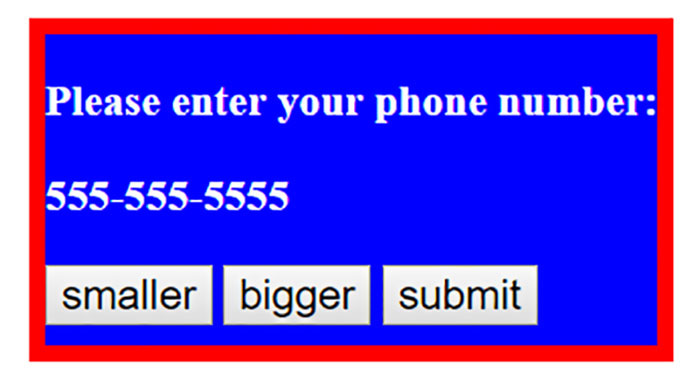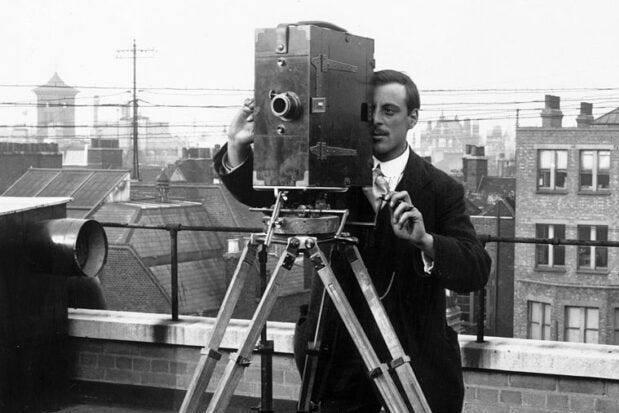Ok so you know how there was a seismic shift in the way people did product development when Agile emerged in the 1990s as a response to the traditional “waterfall” product development methodologies?
BG: A group of software developers wrote The Agile Manifesto in 2001 because they were understanding that collaborative development focusing on the user was way better than using rigid development processes and obsessing over documentation.
Agile methodologies emphasize iterative development and continuous feedback. Teams do a lot of user testing and deliver in short cycles, often in the form of a minimum viable product (MVP). Agile revolutionized the software industry by enabling faster time-to-market and better alignment with the needs of users, rather than spending a million hours on something, throwing it over the wall, and finding out that it is useless.
This fed into the field of design in the form of Lean UX. When applied to user experience design, the focus on rapid experimentation, continuous feedback, and collaboration between designers, developers, and users results in products that humans may actually want to use. (Remember the old BC Ferries website? Not that.) Again, this is as opposed to a team spending six months finessing a product that no one has ever seen or tested but that has a lot of the designer’s favourite colour (Hex #800080) in it. (And that cost someone 12K, and that causes the client to have apoplexy when it is launched to a resounding chorus of crickets). So many good examples to choose from, but for today I like Cheetos Flavoured Lip Balm and Microsoft Bob.
ANYWAY, the reason I bring it up is that I’m wondering whether we’re witnessing a parallel sea change in the way that film and video will be made.
I saw this incredible thing called Genmo. This is actually the first time I’ve heard the phrase “Creative General Intelligence”. Essentially, it is like a chatbot-style collaborator that can suggest plot ideas (among other things) and then it generates different iterations of images, scenes, plot points, and actual video, that a person can choose from, edit, add to, and amend. It is somewhere between silent film, emoting with GIFs, storyboarding, and hanging out with your stoner friend. But then those crazy ideas are visible to other people, not like all those other ideas from the hot tub that you were pretty sure would be world changing but can’t remember now. I can’t embed the video here (not sure why? Mux, who are you?) but here is the page, scroll a little bit down to the “Generating and editing movies from scratch” for the demo.
The significance of this for me is that it suddenly brings video production into an agile development space. You don’t need to storyboard first. You may not even begin with a script. You do not even need a camera because this creates images without the use of a lens. 🤯 You do not need to do the grunt work of stitching scenes together, because it does that for you. The editing overall could be approached as a purely iterative process. You could work through this platform alone with your AI collaborator, or in a group. You could use it to output a proof of concept or MVP of your video or story, and in the future you could see these clips being the polished output, not just the proof of concept. And because you are working with an AI, a huge part of this is speed and efficacy.
Is it old news to consider storytelling, video production, film, etc through a Lean or Agile method lens? Maybe the gaming industry does it? But artists, art film people, and short narrative animation people don’t. Not yet!





